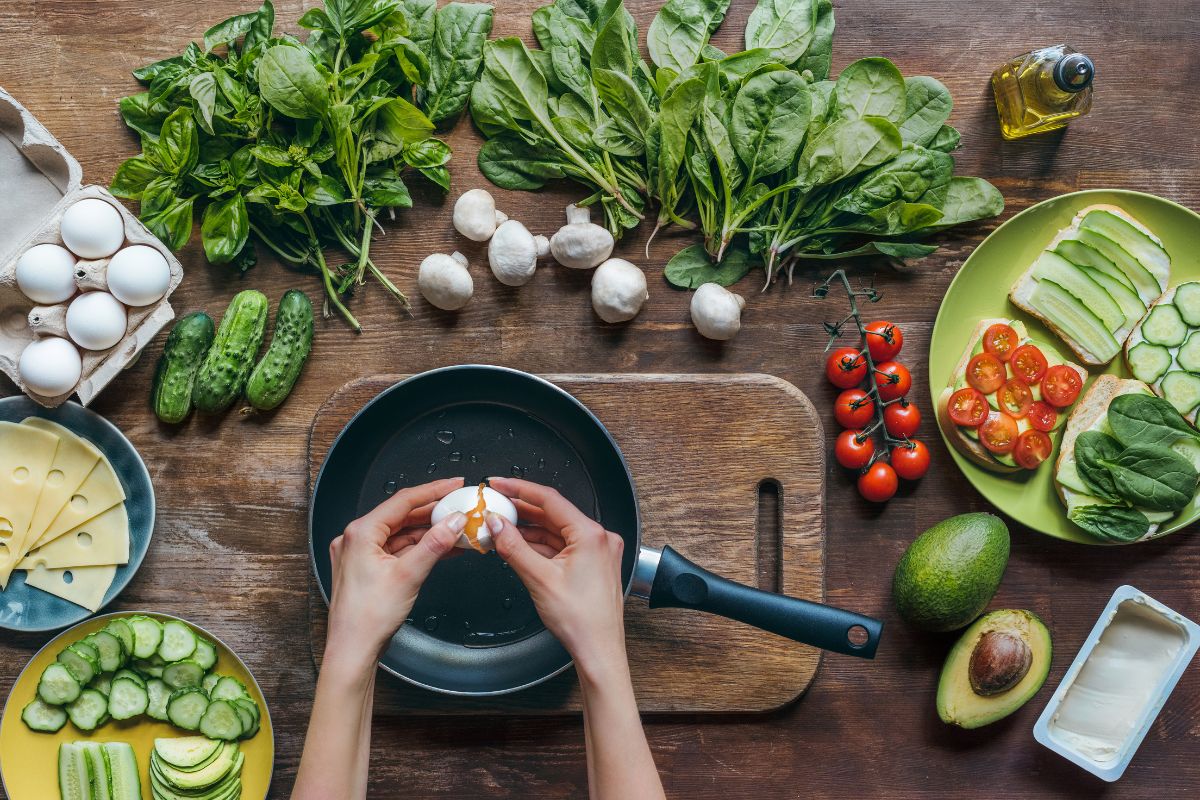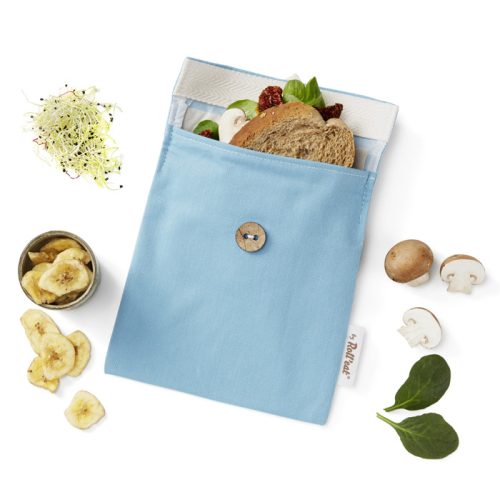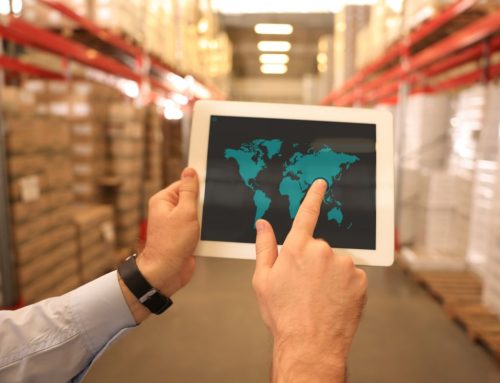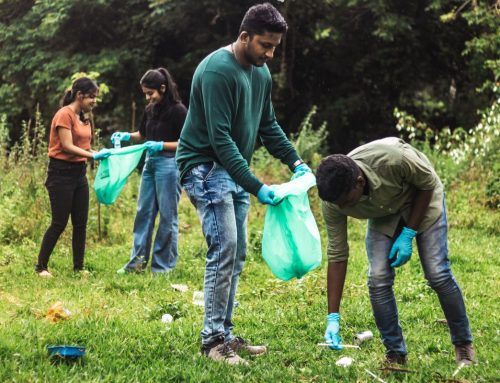As the issue of climate change looms large, sustainable cooking has become more important than ever before. With the world’s population expected to continue to grow, our planet faces major environmental challenges. One of the biggest contributors to these challenges is the way we produce and consume our food. In this definitive guide to sustainable cooking, we will explore ways to cook that help protect the environment.
What is Sustainable Cooking?
Sustainable cooking is the practice of cooking in a way that minimizes the negative environmental impact of food production. It includes practices such as using sustainable ingredients, reducing food waste, and supporting local food systems. Individuals can enjoy delicious, nutritious meals while actively contributing to the preservation of the planet.
By making small changes to the way we cook, we can help create a more sustainable future.
Advantages of Sustainable Cooking
Embracing sustainable cooking practices isn’t just a means to lower our carbon footprint; it’s a pathway to reaping myriad advantages for our well-being, the environment, and the communities around us.
When we give precedence to ingredients, methods, and approaches that lessen our environmental footprint, curtail wastage, and bolster local farming, we savor delectable, nourishing dishes while simultaneously leaving a constructive mark on the world.
Below, we’ll explore some of the many advantages that sustainable cooking has.
Improved health
Sustainable cooking typically involves choosing ingredients that are fresh, nutritious, and free from synthetic pesticides and fertilizers. This can lead to improved health and wellbeing.
Reduced environmental impact
Sustainable cooking practices help to reduce the negative impact of food production on the environment. This includes reducing greenhouse gas emissions, pollution, and deforestation.
Cost savings
By reducing waste and cooking from scratch, you can save money on groceries and reduce your overall food budget. Sustainable cooking also encourages more mindful consumption, which can lead to fewer impulse purchases.
Support for local communities
Supporting local food systems helps to create a more sustainable local economy. It allows you to build relationships with local farmers and food producers, and you can feel good about supporting the local community.

How to Cook Sustainably
1. Use Sustainable Ingredients
The first step to sustainable cooking is to choose sustainable ingredients. This means opting for organic, locally grown produce, and sustainably raised meat or fish. By choosing organic options, you are avoiding the use of harmful pesticides and chemicals. By choosing locally grown produce, you are reducing the carbon footprint associated with transportation.
Sustainably raised meat and fish are raised in a way that preserves the environment and ensures that animals are treated humanely. Consider plant-based meals as well, as they have a smaller environmental impact than animal products.
2. Reduce Food Waste
Food waste is a major issue, with up to one-third of all food produced worldwide being wasted. To reduce food waste, start by planning your meals before you shop. Shop only for the food you need, and avoid buying in bulk unless it is necessary. Store your food correctly to keep it fresh for longer and use up any leftover ingredients in your next meal.
Try to use all parts of the ingredient you’re cooking with, for example, if you have carrot tops, instead of throwing them away, try using them in a pesto or soup. Even small changes like this can have an impact on reducing food waste.
3. Reduce water usage
Preserving water resources plays an essential role in sustainable cooking. To minimize water consumption, you can employ efficient dishwashers, utilize composting toilets, and employ water-saving methods during food preparation. For instance, opting for a vegetable steamer as opposed to boiling vegetables in a pot is an effective means to conserve water.
4. Cook Using the Right Tools
Choosing the right cookware can also have an impact on sustainability. Non-stick pans, for example, release harmful chemicals when heated, so it’s better to opt for alternatives such as stainless steel or cast iron. These materials are also more durable, meaning they last longer and need to be replaced less frequently.
When cooking, use the right-sized pot or pan for the job. Using a pot that is too large for a small amount of food leads to excess energy being used to heat it. You should also consider investing in an induction cooktop as it uses less energy than traditional stovetops.
5. Compost Food Scraps
Composting is a great way to reduce food waste and create a valuable resource for your garden. Composting transforms food scraps into nutrient-rich soil that can be used to grow plants. By reducing the amount of food waste sent to landfills, you help reduce greenhouse gas emissions.
6. Support Local Food Systems
Supporting local food systems is an important part of sustainable cooking. By choosing to buy from local farmers’ markets, you are supporting local agriculture and reducing the environmental impact of transportation. Supporting local food systems also helps to create a more resilient food supply chain, ensuring that food is available even during times of crisis.
7. Use energy-efficient cooking methods
Cooking with energy-efficient methods can help to minimize your carbon footprint. This includes using an efficient stovetop, using a slow cooker, and using a pressure cooker.
8. Clean with eco-friendly products
Using eco-friendly cleaning solutions like vinegar and baking soda offers an eco-conscious alternative, diminishing the reliance on harmful chemicals detrimental to the environment. These natural alternatives prove equally efficient for a multitude of cleaning tasks, promoting sustainability while maintaining cleanliness.
Sustainable cooking for a more sustainable world
Sustainable cooking may seem daunting, but it’s all about making small changes that add up over time. By choosing sustainable ingredients, reducing food waste, using the right tools, composting food scraps, and supporting local food systems, you can make a difference in protecting our planet.
Start by incorporating one or two of these practices into your cooking routine and gradually build from there. By making these changes, you can help create a more sustainable world for future generations. By following the tips outlined in this definitive guide to sustainable cooking, you can make a significant impact on the environment.
Roll’eat can help you be more sustainable
At Roll’eat, we want to make it easier for people to be more sustainable, which is why we have created the reusable sandwich wrapper and the reusable snack bag. You can be more eco-friendly not only when you cook, but also when you take your food with you.










